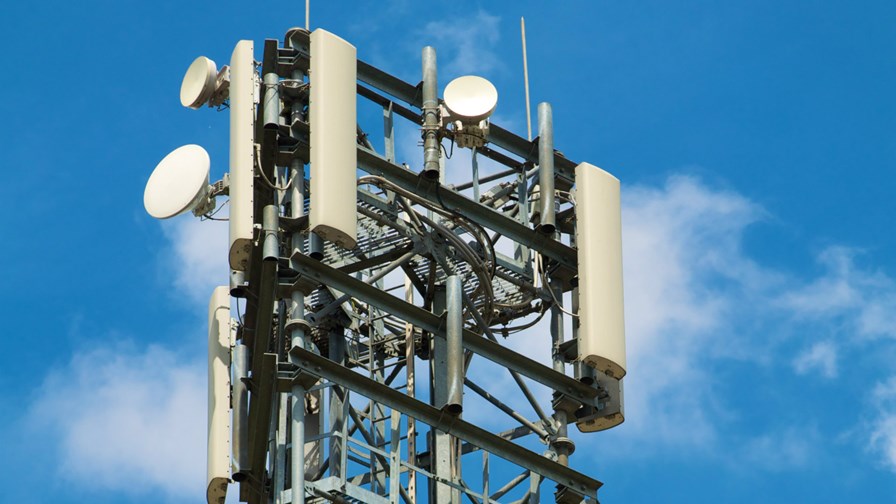
via Flickr © Pug50 (CC BY 2.0)
- Its spectrum sharing abilities have become a big part of Ericsson’s infrastructure pitch to CSPs
- It claims it’s on the verge of commercialising the technique
- Using it CSPs will be able to quickly launch 5G services over a wide area and successively expand 5G coverage in a tailored way, it claims
Before mobile, and particularly before the smartphone, public networks were all about smooth technology upgrades and invisible (from the public’s point of view) network migration. The smoother and more invisible, the better.
So network architects were very hot on layers. Layers were great. They meant you could (theoretically) get away from monolithic technology solutions and divide the network up into bits. Instead of throwing stuff out, you could insert new stuff (new protocols or new advanced kit) layer by layer, element by element - users may not even notice that anything had been changed.
That instinct is still alive and well in the telecom infrastructure business, as evidenced by Ericsson’s championing of ‘spectrum sharing’ which is, more than anything, all about smooth migration from one system/technology to another without wasting capacity,
Ericsson clearly sees spectrum sharing as one of its “big things” just as there are signs that the big vendors are beginning to actively differentiate their approaches to 5G infrastructure as the market matures
So while Nokia has decided it’s going to be known for its extra focus on indoor and private LTE and, eventually, indoor 5G, Ericsson is making a bigger noise about its spectrum sharing skills which tackle the thorny problem of transitioning 4G networks to 5G. The trick is to apportion the use of a spectrum band between two or more contending technologies and is effectively about smoothing out the bumps involved in a radical upgrade of the network (and the handset technology that must match it).
To mark what it describes as the gathering pace of Its move toward “commercial Spectrum Sharing”, Ericsson has been testing a 5G smartphone from Chinese manufacturer OPPO and has arranged a trans-global 5G data call between live commercial 5G networks.
It claims the November 29 ‘data-call-first’ connected Bern, Switzerland and Gold Coast, Australia, with Ericsson Spectrum Sharing deployed in Swisscom and Telstra’s commercial 5G networks at the respective sites.
The call was achieved using spectrum sharing on a 3GPP Frequency Division Duplex (FDD) band. Pre-commercial 5G smartphones from OPPO, powered by the Qualcomm® Snapdragon X55 5G Modem-RF System, were used on both ends of the call. OPPO is the first 5G device manufacturer to implement Ericsson Spectrum Sharing in its smartphones.
Ericsson says it has developed a complete dynamic spectrum sharing solution based on the 3GPP standard with additional intelligent scheduler algorithms.
This allows the deployment of both 4G and 5G in the same band through a software upgrade, and dynamically allocates spectrum based on user demand. The switch between 4G and 5G carriers happens within milliseconds, minimizing spectrum wastage and enabling best user performance.
As a result, it claims, service providers will be able to quickly launch 5G services over a wide area and successively expand 5G coverage in a tailored way by re-using existing network infrastructure and taking advantage of previous spectrum investments. CSPs can therefore provide 5G commercial services and move towards standalone 5G without the need for blanket costly re-investment.
According to Fredrik Jejdling, Executive Vice President and Head of Networks, Ericsson, the Spectrum Sharing test is an industry-first and highlights its value to CSPs as they roll-out and ramp-up 5G.
“With this milestone achieved with our 5G ecosystem partners OPPO, Qualcomm Technologies, and customers Swisscom and Telstra, we’ve shown that our unique solution will not only enable service providers to re-use their 4G spectrum assets for 5G but that it will also support all 5G devices. It is the most economically feasible way to launch 5G on existing bands, enabling nationwide 5G coverage and helping make 5G accessible around the world.”
Email Newsletters
Sign up to receive TelecomTV's top news and videos, plus exclusive subscriber-only content direct to your inbox.




